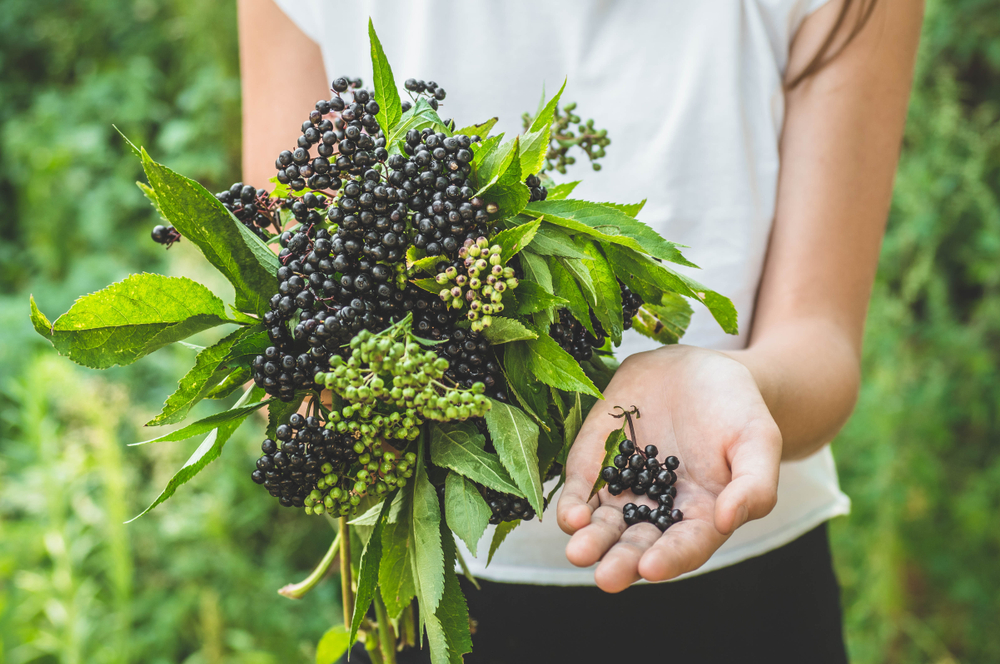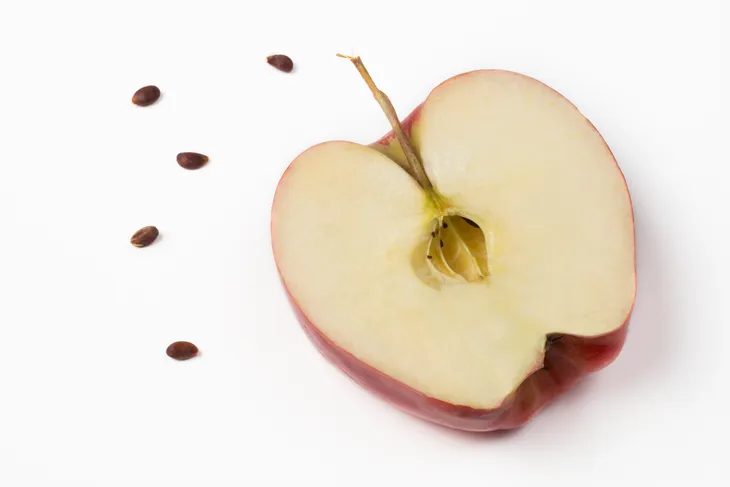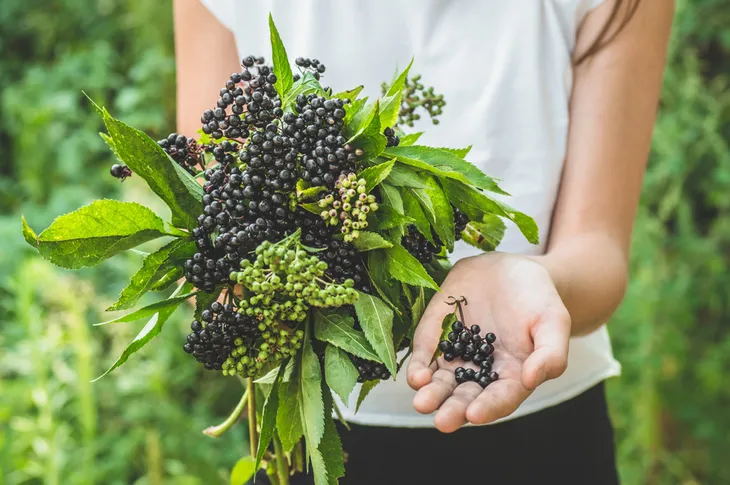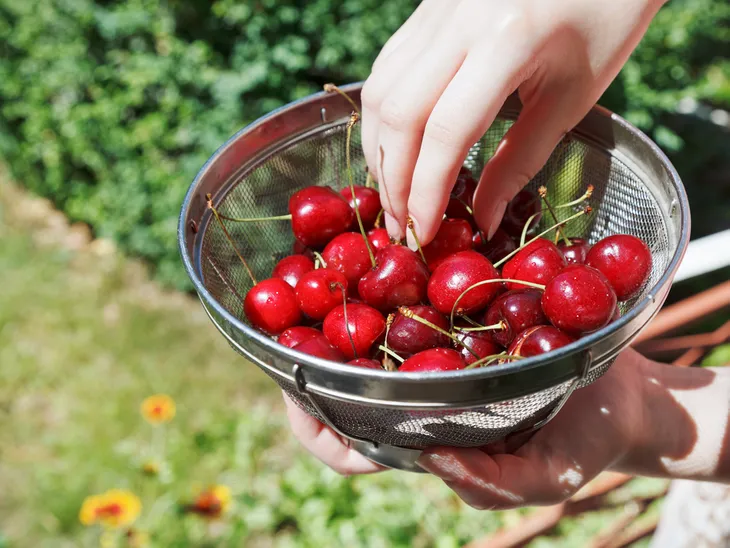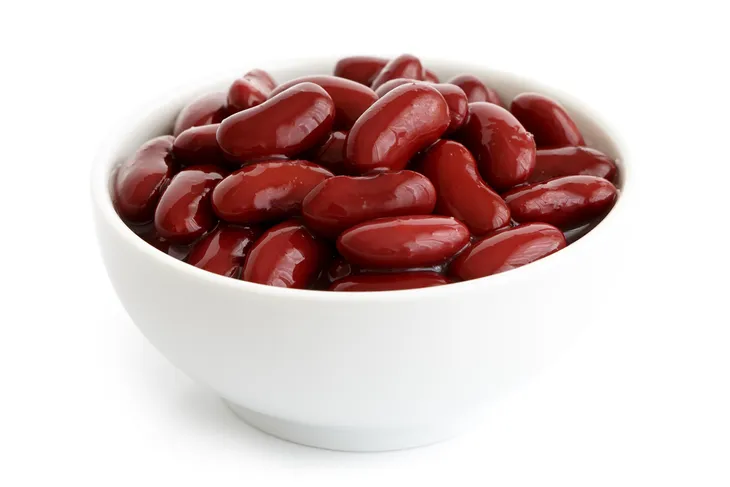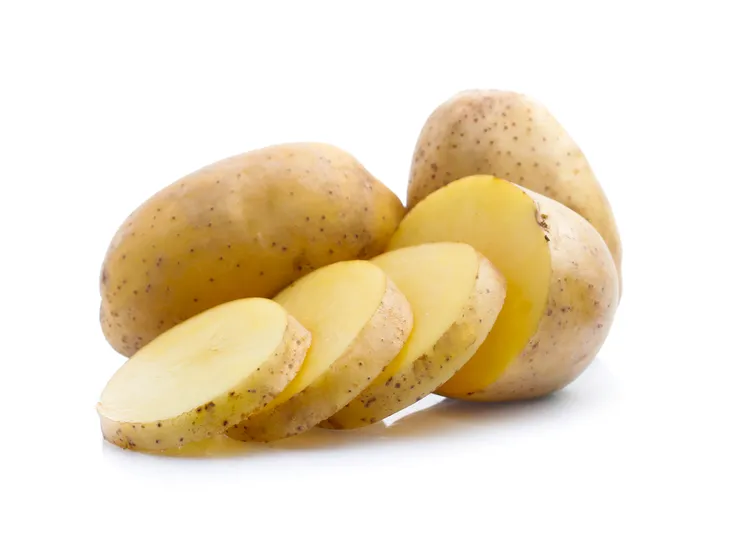If you’re like a lot of people these days, you’re searching out foods that are considered healthy and nutritious. But sometimes you can get so focused on eating things that are “good” for you that you might turn a blind eye to some that are potentially harmful.
While not properly preparing any kind of food can potentially make you sick, others can be downright dangerous and might already be lurking in your kitchen. For the purposes of this article, we won’t mention foods that many people have potentially dangerous allergies to such as shellfish, nuts, bananas, or eggs. Instead, here are some other foods to be mindful of that aren’t talked about as much…
Want diet & nutrition content delivered straight to your inbox? Sign up for our exclusive diet & nutrition newsletter!
Rhubarb Leaves
How can something in grandma’s special pie be bad for you? Well, in most cases, rhubarb is perfectly fine and can be eaten as jams, pies, and a variety of other treats. That is, if you use only the stalks.
According to Men’s Journal, eating the leaves of this vegetable is the part that can get risky. That’s because the leaves contain oxalic acid, “which is used in bleach and rust removal,” notes the source, which adds there can be several side effects such as burning in the throat and even convulsions or worse. Cooking it won’t help either, it warns.
Apples Risky to The Core
But, how can apples be on this list, you ask? You’ve probably been told as a child that these fruits are good for you, and that’s not misleading. They contain vitamin C, as well as dietary fiber and other good stuff. So what’s the problem?
The problem is not the fruit on its own, notes Bon Appetit. More specifically, it has to do with the seeds, which apparently can turn into potentially dangerous cyanide when ingested. But in order for the seeds to have this effect you’d need to eat quite a few of them – 1/4-pounds of it (which is equivalent to about 25-apple cores), adds the source. The same danger lies in pear seeds.
Nutmeg
This ground spice is used for a variety of purposes from flavoring baked goods to adding a little extra to meat. While you probably have nutmeg on their spice rack, you might not know about its darker side.
For example, ingesting too much nutmeg can actually be hallucinogenic due to its content of myristicin. But using nutmeg for this purpose is potentially dangerous, points out Healthline. Cases referred to by the source indicate it can lead to nausea and heart palpitations among other symptoms. In more extreme cases, the effects of myristicin can lead to organ failure, it warns.
Elderberries
Like rhubarb, elderberries are something you might have enjoyed in a pie at some point. These berries, native to North America, can also be used for a variety of other purposes ranging from syrups and teas, notes the Canadian Institute of Food Safety. However, they are only safe to eat “if they are fully ripe and properly cooked,” notes the source – otherwise they can cause nausea and vomiting.
Meanwhile, the leaves and seeds contain high levels of glycoside, which can produce dangerous cyanide, it adds. If too much glycoside is consumed in a sitting (it’s a lot, but still a danger), it can lead to seizures or other health complications, notes the source. However, even a small amount of elderberries that aren’t properly prepared can cause you grief, it adds.
Rice
Rice is one of the most versatile and filling foods you can get for not a lot of coin. However, lurking in rice can be potentially dangerous arsenic, which can cause symptoms ranging from throwing up and vertigo depending how much you consume.
Bon Appetit says that brown rice actually contains the highest levels of arsenic (which can be confusing as brown rice is generally considered healthier than white rice). Also, apparently rice grown in Texas is at higher risk of arsenic content, according to the source, which says “consistent exposure to even low doses” can lead to health issues including heart disease.
Cherries
Cherries can make a sweet snack on their own, or can also be used in pies and other desserts. But the danger with cherries are actually the pits, “which can do a lot of damage,” warns Men’s Journal.
Not only will these pits potentially crack your tooth, they contain compounds that can convert to cyanide if you do manage to crush them with your bite. If you accidentally eat an entire pit that’s intact, then you probably have nothing to worry about – but if you eat “broken” pits, just a couple can cause complications, it adds.
Red Kidney Beans: Red Flags?
This variation of kidney beans can be good for you. After all, they’re packed with protein, fiber, and a slew of vitamins and minerals, according to the Canadian Institute of Food Safety. However, the health benefits assume you’ve cooked them properly – if not, then you might be in for a rough ride.
The source explains that undercooked or raw red kidney beans are rife with phytohaemagglutinin, which is toxic and can prevent nutrients from properly being absorbed due to damaging intestinal walls. You’ll likely know if these beans have poisoned you if you have symptoms such as pain in the abdomen, diarrhea or headaches, adds the source.
Potatoes
Okay, what could be more wholesome at the dinner able than potatoes? From mashed potatoes and gravy to good old-fashioned fries, potatoes are one of the staples of the American diet. However, it turns out they can be plotting against you.
Well, not exactly plotting. But don’t dismiss the potential dangers of these root vegetables: they produce a natural pesticide called solanine that can also cause harm to humans in the form of an upset stomach or even heart trouble, explains Bon Appetit. This dangerous compound is more abundant in potatoes that are turning green or sprouting, it adds.
